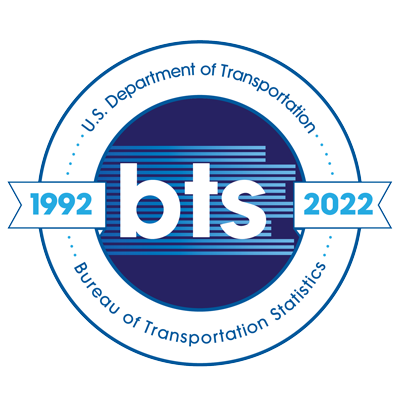Exploring Transit Accessibility and Equity across City of Atlanta
Topics:
Keywords: Transit Accessibility, Transit equity, transportation justice, public transit, GTFS
Abstract Type: Poster Abstract
Authors:
Seung Jae Lieu, Georgia Institute of Technology
Uijeong Hwang, Georgia Institute of Technology
Subhrajit Guhathakurta, Georgia Institute of Technology
,
,
,
,
,
,
,
Abstract
A number of research has been done to define transit accessibility, and numerous models have been developed to measure transit accessibility for different purposes. This research utilizes a model which calculates the shortest travel time from origin to destination using the distance and average travel speed in each part of the trip (i.e., first-mile, last-mile, and in-vehicle). Additionally, the model considers the frequency of the transit system, transfer time, and waiting time by using GTFS data. Therefore, it is possible to measure transit accessibility - the number of destinations reached within a specified time - during a peak and off-peak as well as compare the accessibility depending on a time threshold.
With this transit accessibility measure, we first examined how much the On-Demand Multimodal Transit Systems (ODMTS) can significantly increase accessibility. Next, we explored the impact of the ODMTS on transit equity/equality by comparing it with the current public transit system operated by MARTA. Transit equity is measured to discover inequity experienced by disadvantaged individuals; therefore is analyzed by comparing the supply (i.e., transit accessibility) and demand side (e.g., older adults, children, people with disability, etc.) at the block group level. Finally, as equality means the state of being equal, transit equality is captured by the Gini index and Lorenz curve to show how far the distribution is from equal.
Exploring Transit Accessibility and Equity across City of Atlanta
Category
Poster Abstract








